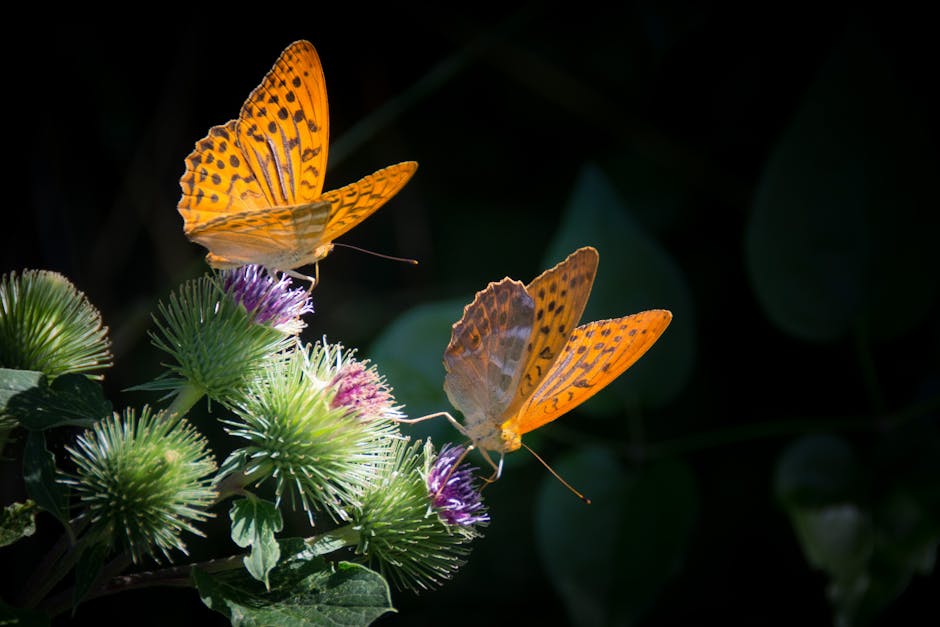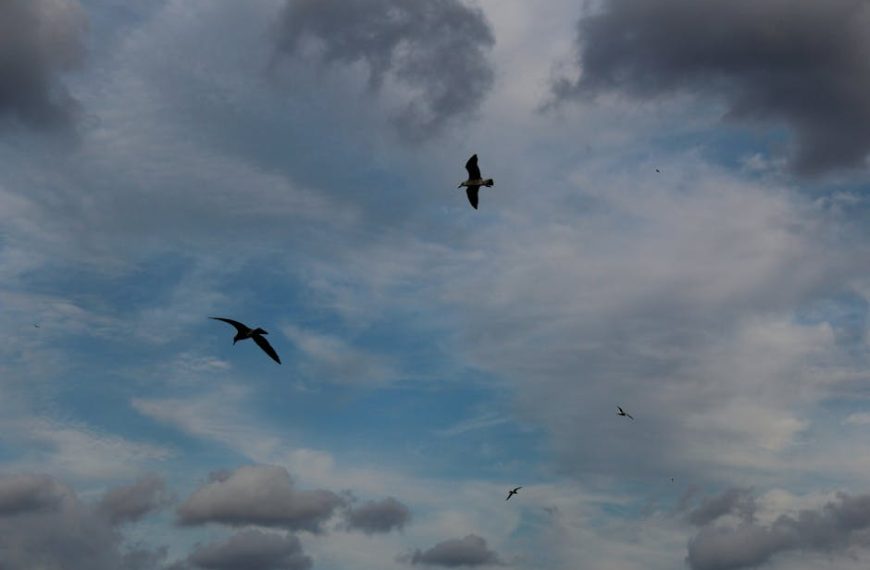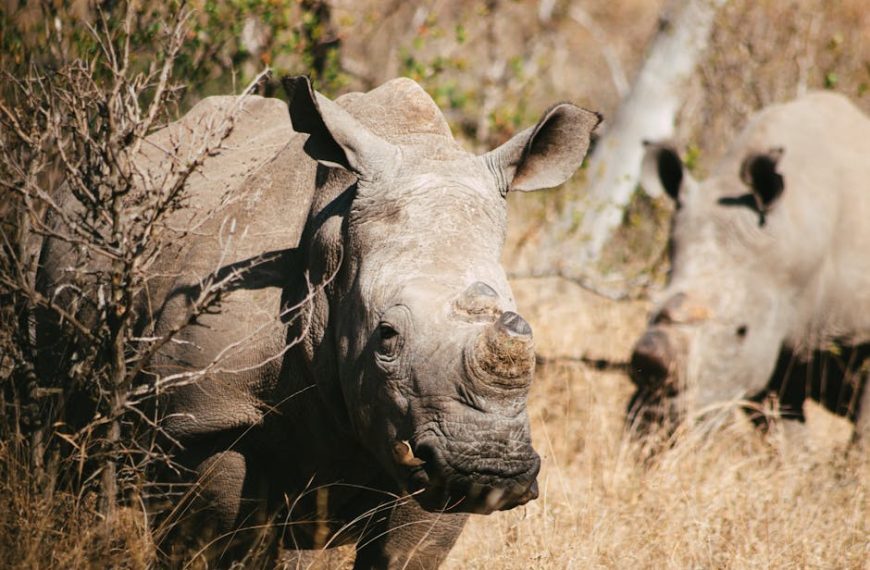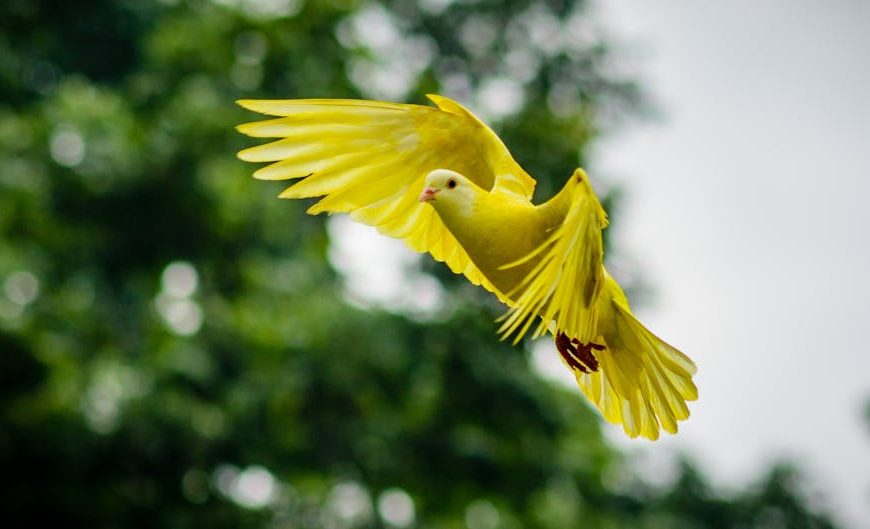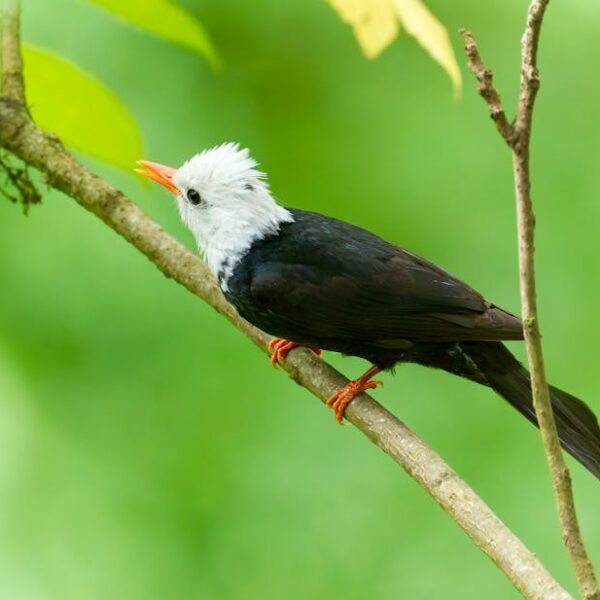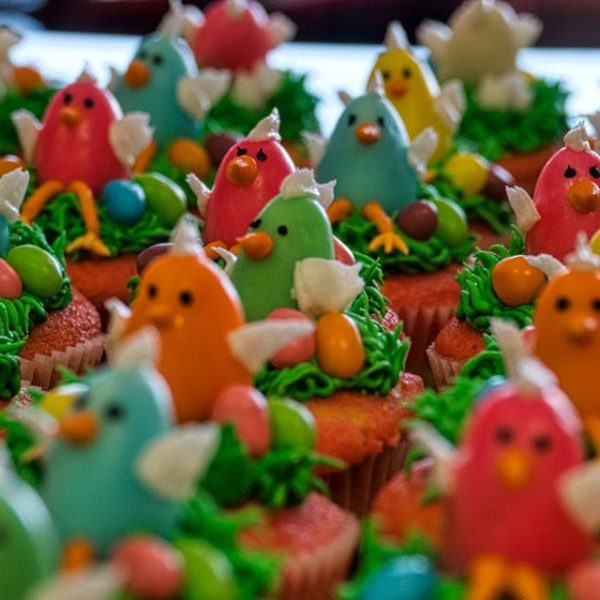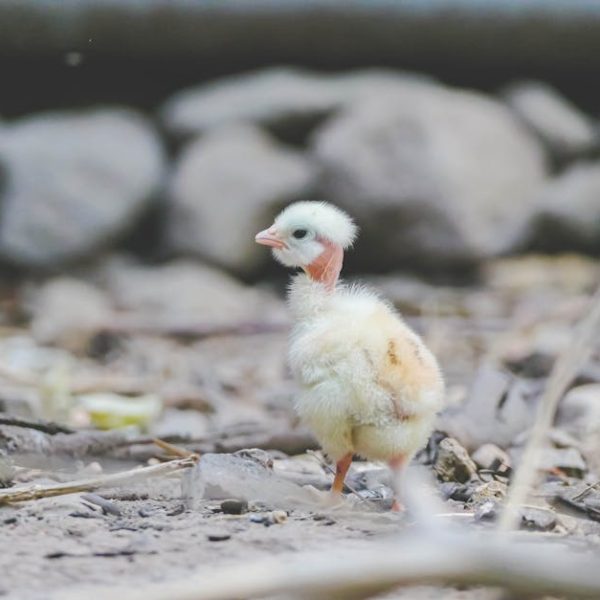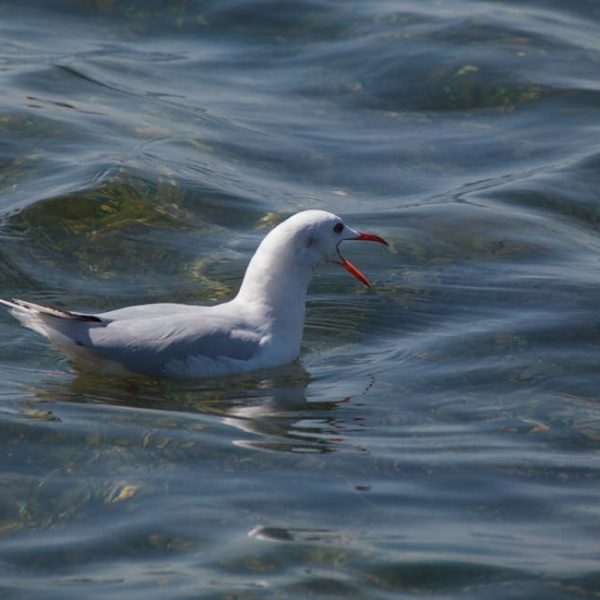Welcome to this definitive guide for gardening enthusiasts intrigued by the bond between certain bird species and the humble thistle. Of the countless species of plants that birds interact with, the thistle has a special appeal. Let’s get started by exploring why this connection exists and how it can be leveraged to cultivate lively gardens teeming with chirpy guests.
Understanding The Thistle’s Appeal to Birds
Thistle, a family of flowering plants characterized by prickly leaves and dense globular heads of purple, white or yellow flowers, has unparalleled allure for a variety of study bird species. The primary attraction lies in the nutritious thistle seeds, packed with essential fats and fibers, besides the protective structure of the plant which acts as an ideal nesting ground, safe from predators.
Along with the high-calorie seeds and safe nesting spots, another compelling factor includes the thistle’s robust resistance to common pests due to its prickly structure. The combination of these distinct features makes thistles a birds’ paradise and explains the flurry of activity around these plants.
For a quick snapshot of the thistle’s appeal:
- Nutritious seed production
- Safe nesting grounds
- Pest resistance
Pro Tip: Keen observation of bird behavior in and around thistles can help differentiate between species and understand their unique interactions with the plant.
Common Bird Species That Enjoy Thistle
Thistle plants are especially popular among small bird species that are capable of clinging to and extracting the plant’s tiny seeds. Among these, particularly notable are diverse species of finches and sparrows, including the American goldfinch, house finch, purple finch, and various sparrows.
Here’s a brief description of some common thistle-loving birds:
- American Goldfinch: Bright yellow birds that are a joy to watch as they acrobatically feed on thistle seeds.
- House Finch: Red-headed birds seen in large numbers around thistle feeders.
- Purple Finch: Has a stunning purplish-red plumage and is known to frequent gardens rich in thistles.
- Sparrows: These small birds come in a range of varieties, many of which relish the seeds of the thistle plant.
Growing Thistle to Attract Birds
Growing thistle plants is an effortless task that doesn’t require any special gardening skills, making them a popular choice among beginners. Thistles prefer full sun but can tolerate partial shade, and they’re not too picky about soil types either.
For successful thistle growth:
- Ensure six plus hours of daily sun exposure
- Water regularly, but avoid overwatering
- Loose, well-draining soil is ideal
Pro Tip: Place your thistles in an area that is easily visible from your house to enjoy the vibrant bird activity while providing the birds a sense of safety.
Creating a Bird-Friendly Thistle Garden
Designing a garden that is not only attractive to birds but also favorable for thistle growth adds an exciting dimension to the gardening hobby. From birdfeeders and birdbaths to sanctuary zones and complementary plants, there’s much to consider.
Incorporate the following into your thistle garden:
- Birdfeeders: Install feeders filled with additional thistle seeds to attract more birds.
- Birdbaths: Clean, fresh water is as enticing as food for birds.
- Sanctuary Zones: Provide safe zones with natural shelter for birds to rest and nest.
- Complementary plants: Certain types of plants like sunflowers can complement thistle plants. They offer additional food sources and create a multilayered habitat for different bird species.
The key challenge in creating a bird-friendly thistle garden lies in preserving aesthetics while enhancing the garden’s practical value for birds.
Maintaining Thistle Plants and Bird Populations Over Time
Creating an enchanting, bird-filled thistle garden is just the beginning. The long-term sustainability of this eco-system depends on appropriate care for your thistle plants and ensuring your garden continues to attract and support various bird species.
Some best practices for ongoing garden care include:
- Regularly water and fertilize your thistles, taking care to avoid overwatering.
- Prune your thistles as needed to control their growth and ensure healthy plants.
- Provide year-round food supply by replenishing birdfeeders even in colder weather when natural food sources are scarce.
Pro Tip: Regularly observing the birds that visit your garden can help you understand their needs better, and make necessary adjustments to your garden layout or maintenance.
By understanding the bond between birds and thistles, you can create vibrant, dynamic gardens that benefit both the plant and bird species. With some effort, patience, and observation, your thistle garden could become an irresistible attraction for a range of delightful bird species.
Key Takeaway:
- Certain bird species are attracted to Thistles due to the nutritious seeds they produce, their protective structure offering safe nesting grounds, and their resistance to common pests.
- Small bird species, notably various finches and sparrows, are fond of thistles and can be frequently observed around these plants.
- Thistles are easy to grow and can be an engaging project for gardening beginners, requiring just basic care for successful growth.
- A well-designed garden, prepared with thistle plants along with birdfeeders, birdbaths, safe zones, and other complementary plants, can attract a variety of bird species.
- Maintaining thistle plants and the bird population over time requires ongoing care, including watering, pruning, and ensuring a year-round food supply.
Your thistle garden can become a vibrant and dynamic eco-system, providing sanctuary for a variety of bird species while enhancing your gardening experience. Remember, it takes a combination of effort, patience, and keen observation, but the sight of those lively feathered friends enjoying the fruits of your labor will make it all worthwhile.
FAQs
Q: Are thistle plants harmful to any bird species?
A: Thistle plants are typically enjoyed by many bird species, particularly due to their nutritious seeds. If you have any specific concerns regarding a particular bird species, you should consult with an ornithologist or bird expert.
Q: Where is the best place to buy thistle plants or seeds for my garden?
A: Thistle plants or seeds can be found at most local garden centers, or even online on various gardening websites or e-commerce platforms.
Q: Are there any particular seasons when thistles are more appealing to birds?
A: Thistles produce seeds during the late summer and autumn months, which coincides with many bird species’ need for high-energy foods before winter.
Q: How can I protect my thistle garden from predators to keep the birds safe?
A: Creating a sanctuary zone with natural shelters can offer the birds safety. Strategically placing bird feeders and baths away from spots easily accessed by predators can help as well.
Q: Can planting too many thistles have any adverse effects on my garden or local ecosystem?
A: It’s essential to balance your garden’s plant mix and keep an eye on any plants, including thistles, that may become overgrown. In some areas, thistles might be considered invasive, so it’s recommended to check with local gardening or wildlife experts.
Remember to continue exploring and enjoying the wonders of bird-friendly gardening. Don’t forget to share this article with fellow gardening enthusiasts and keep visiting our website for more informative posts like this.
